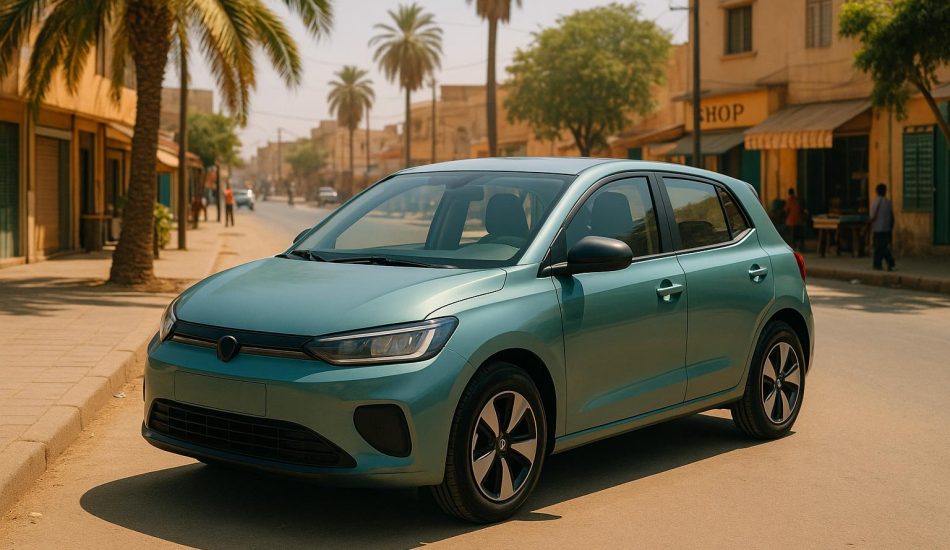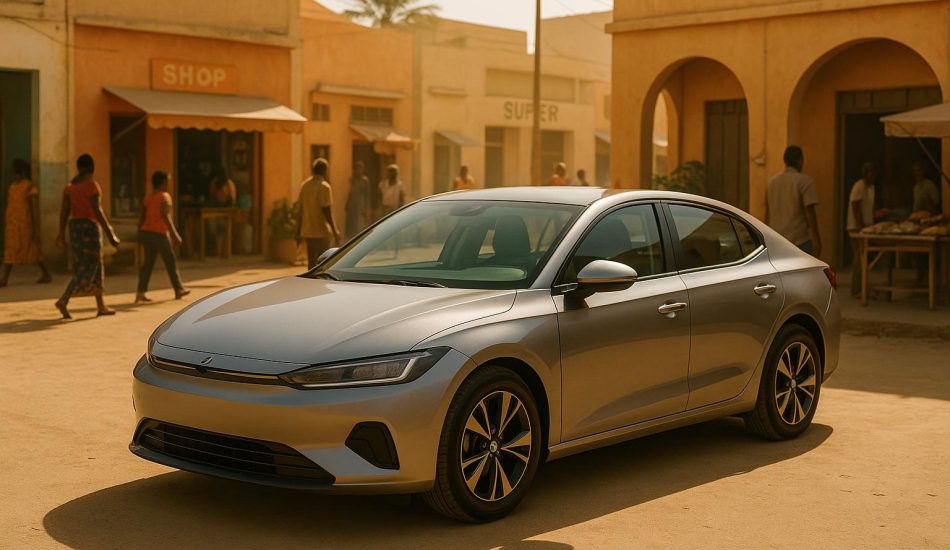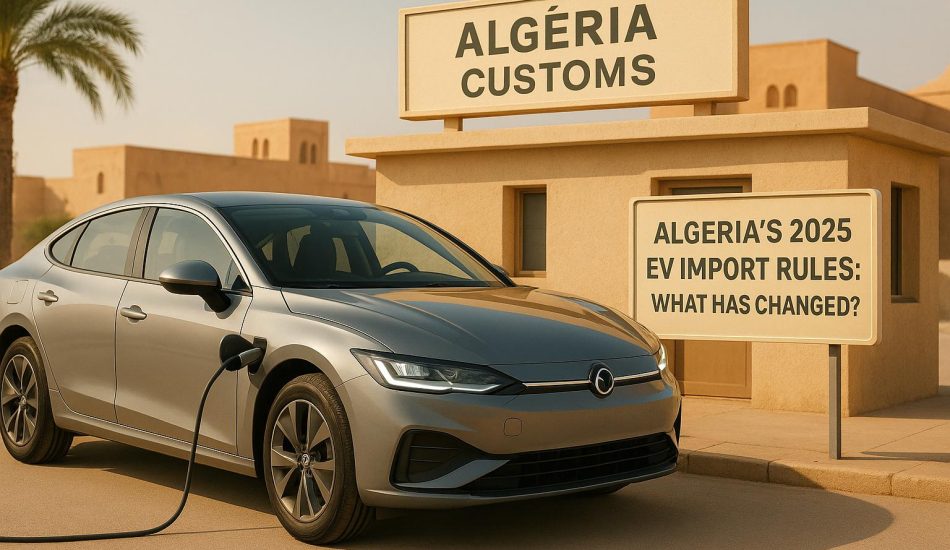
Heat can significantly reduce your EV battery’s performance and lifespan. High temperatures accelerate battery wear, slow charging, and increase safety risks like thermal runaway. To protect your battery:
- Keep it cool: Park in the shade and use reflective sunshades.
- Smart charging: Avoid fast charging in hot conditions and charge during cooler times.
- Monitor health: Use built-in systems to track battery temperature and performance.
- Maintain cooling systems: Check coolant levels regularly.
EVs perform best between 68°F–77°F. Above 86°F, degradation speeds up, and above 140°F, safety risks rise. Manufacturers are improving thermal management systems and developing heat-resistant batteries to address these issues. Look for models with advanced cooling systems if you live in a hot climate.
Heat and Summer Weather Impacts on Your EV Battery
Temperature Effects on EV Batteries
High temperatures can significantly affect the performance and lifespan of electric vehicle (EV) batteries. Knowing how heat impacts these batteries is key to maintaining them properly.
Battery Wear and Aging
Heat speeds up the chemical reactions inside lithium-ion batteries, which leads to faster degradation and a noticeable drop in charge capacity over time.
Charging Challenges in Hot Conditions
Heat doesn’t just wear out batteries – it also interferes with charging. To protect the battery, many EV manufacturers slow down charging speeds during periods of high heat. While this helps safeguard the battery, it also means longer charging times. On top of that, extreme heat can pose serious safety risks.
Heat-Related Safety Risks
One of the most dangerous issues caused by overheated EV batteries is thermal runaway. This occurs when the battery’s temperature spirals out of control, potentially causing fires or even explosions.
"The risk of thermal runaway in EV batteries is a significant concern, especially in high-temperature environments. Effective thermal management is crucial for safety." – Dr. Emily Chen, Battery Safety Expert, National Renewable Energy Laboratory [1]
Research shows that lithium-ion batteries are especially at risk when exposed to temperatures above 140°F (60°C) for long periods. This greatly increases the chance of battery failure. To address this, effective thermal management is critical. For example, Tesla’s Model Y introduced a cooling system upgrade that reduced the risk of thermal runaway by 30%. This was achieved through better thermal insulation and active cooling systems designed to keep battery temperatures within safe limits.
Battery Temperature Management
Keeping battery temperatures in check is crucial to avoiding wear and performance issues. Today’s electric vehicles (EVs) use advanced thermal management systems, often relying on liquid or air cooling, to maintain the best conditions. Let’s look at the ideal temperature ranges and the effects heat can have on battery chemistry.
Best Temperature Ranges
Lithium-ion batteries in EVs work best between 68°F and 77°F (20°C–25°C). When temperatures rise 10°C (18°F) above this range, degradation rates can double.
| Temperature Range | Impact on Battery |
|---|---|
| Below 32°F (0°C) | Reduced range and performance |
| 68-77°F (20-25°C) | Best performance and lifespan |
| Above 86°F (30°C) | Faster degradation |
| Above 140°F (60°C) | Risk of thermal runaway |
For instance, Tesla’s upgraded liquid cooling system increased battery lifespan by 15% in hot climates. Staying within the right temperature range is critical, as heat can accelerate battery wear through chemical changes.
Heat’s Chemical Effects
Excessive heat can permanently damage lithium-ion batteries. Research shows that heat exposure can lead to:
- Breakdown of the electrode separators
- Increased internal resistance
- Faster electrolyte degradation
- Release of harmful gases
To combat these issues, modern EVs use active thermal management systems. These systems help preserve battery health by keeping temperatures within the ideal range, ensuring better performance and a longer lifespan.
sbb-itb-99e19e3
Ways to Protect Batteries from Heat
Keeping your battery safe from heat isn’t just about knowing the risks – it’s about taking the right steps to minimize damage.
Cooling System Essentials
Most modern EVs come equipped with liquid cooling systems designed to control battery temperature. These systems circulate coolant around the battery cells to keep them at a stable temperature. To keep things running smoothly, check the coolant levels regularly and have the system inspected by a technician. This is a key step in managing battery heat.
Smart Charging Practices
Charging can generate additional heat, which puts extra stress on the battery. To avoid this, try to limit fast charging sessions and charge your EV during cooler times of the day. Keeping the battery at a moderate charge level also helps manage its temperature. Pairing these habits with a good cooling system can go a long way in preserving your battery.
Parking and Storage Tips
When parking your EV, aim for shaded or covered spots to keep it out of direct sunlight. This simple step can prevent unnecessary heat buildup in the battery.
Monitoring Battery Health
Keeping an eye on your battery’s performance can help you catch heat-related problems early. Many EVs come with built-in monitoring systems – accessible through the car’s interface or smartphone apps – that track battery temperature, charging efficiency, and range. If you notice unusual changes, it’s best to consult an EV-certified technician for a thorough check-up.
New Solutions for Heat Management
Electric vehicle (EV) technology is stepping up to improve battery performance in extreme heat. These advancements are changing how EVs handle high-temperature stress.
Heat-Resistant Batteries
Battery makers are now using materials that can better withstand heat. Dr. Emily Chen from the Battery Technology Institute highlights this shift:
"The future of electric vehicles lies in our ability to manage heat effectively, ensuring that batteries not only last longer but also perform better in extreme conditions."
New battery designs can operate efficiently above 104°F (40°C), extending battery life by up to 30% in hot climates. However, these advancements come with a cost, increasing vehicle prices by 5–10%. These improvements are also influencing whole-vehicle designs to better handle heat.
Hot Weather EV Design
Some EV models now feature advanced systems specifically designed for hot climates. For example, BYD‘s 2023 ATTO 3 includes a thermal management system that works efficiently up to 122°F (50°C). Tesla’s Model Y uses a heat pump to manage cabin and battery temperatures more effectively in extreme heat.
| Feature | Benefit | Temperature Impact |
|---|---|---|
| Liquid Cooling Systems | Keeps battery temperature stable | Effective up to 122°F |
| Heat Pump Technology | Reduces energy consumption | Lowers battery strain |
| Advanced Insulation | Blocks external heat absorption | Protects up to 104°F |
These features are becoming the foundation for EVs built to excel in hot weather.
Hot Climate EV Options
Manufacturers are now creating vehicles specifically designed to minimize battery wear in extreme heat. Some standout options include:
- BYD TANG EV 2024: Offers a 453-mile range with advanced cooling technology, priced at $34,700.
- ZEEKR 009: Features a 511-mile range and cutting-edge thermal management, priced at $85,000.
- DONGFENG eπ 008 EV: A more budget-friendly option at $28,700, equipped with strong cooling systems.
- CHERY iCAR 03T: Priced at $19,400, it also includes robust thermal features.
"Our vehicles are engineered to withstand extreme temperatures, ensuring that performance and battery life are not compromised."
Platforms like EV24.africa are connecting buyers, particularly in Africa, with these heat-resistant EVs. They focus on models designed to perform reliably in high-temperature conditions, offering a range of options from manufacturers known for their expertise in thermal management.
Conclusion: Battery Care in Hot Weather
Keeping your EV battery cool is key to maintaining its performance and extending its lifespan. Today’s EVs come equipped with thermal management systems designed to regulate battery temperature effectively.
Taking care of your battery during hot weather involves a mix of good habits and smart technology. Regularly monitoring battery health through onboard diagnostics can catch early signs of capacity loss, helping you avoid damage caused by prolonged heat exposure.
When choosing an EV, look for models with strong thermal management systems. Many manufacturers now include advanced cooling systems and heat-resistant battery designs to tackle heat-related issues. Platforms like EV24.africa make it easier for African buyers to find EVs with these important features.




